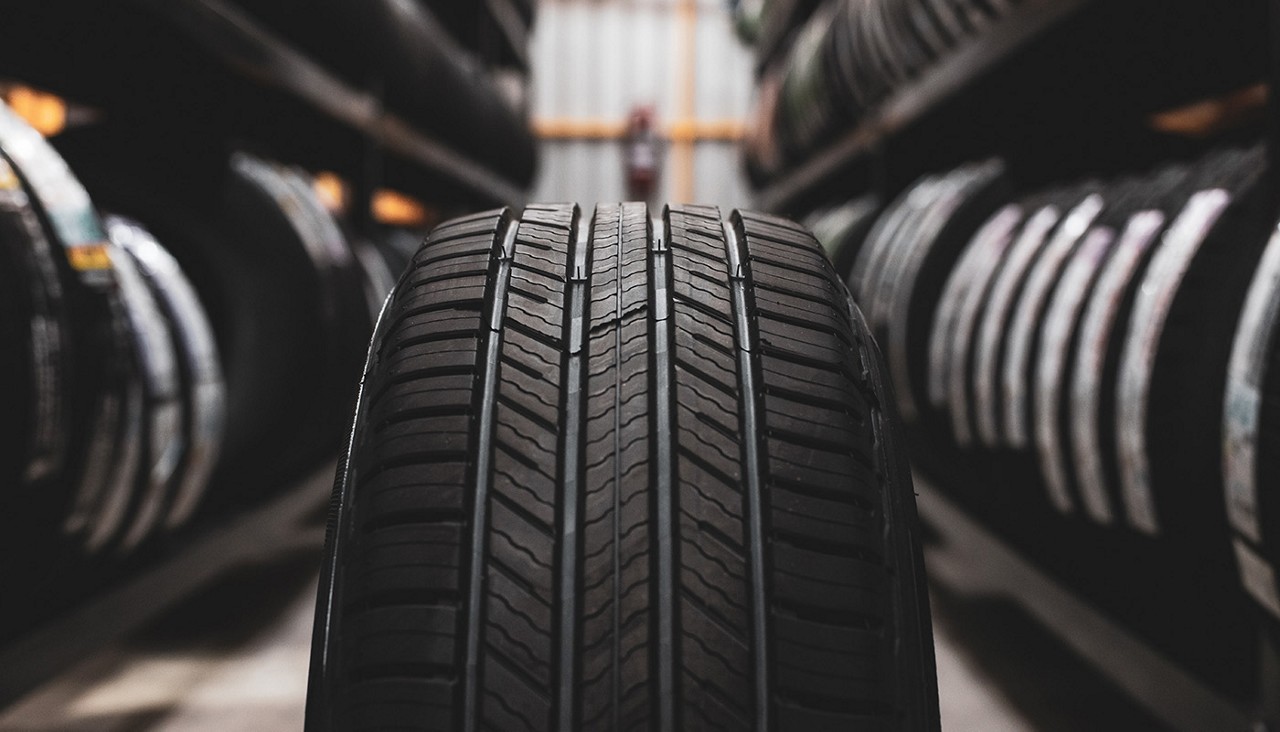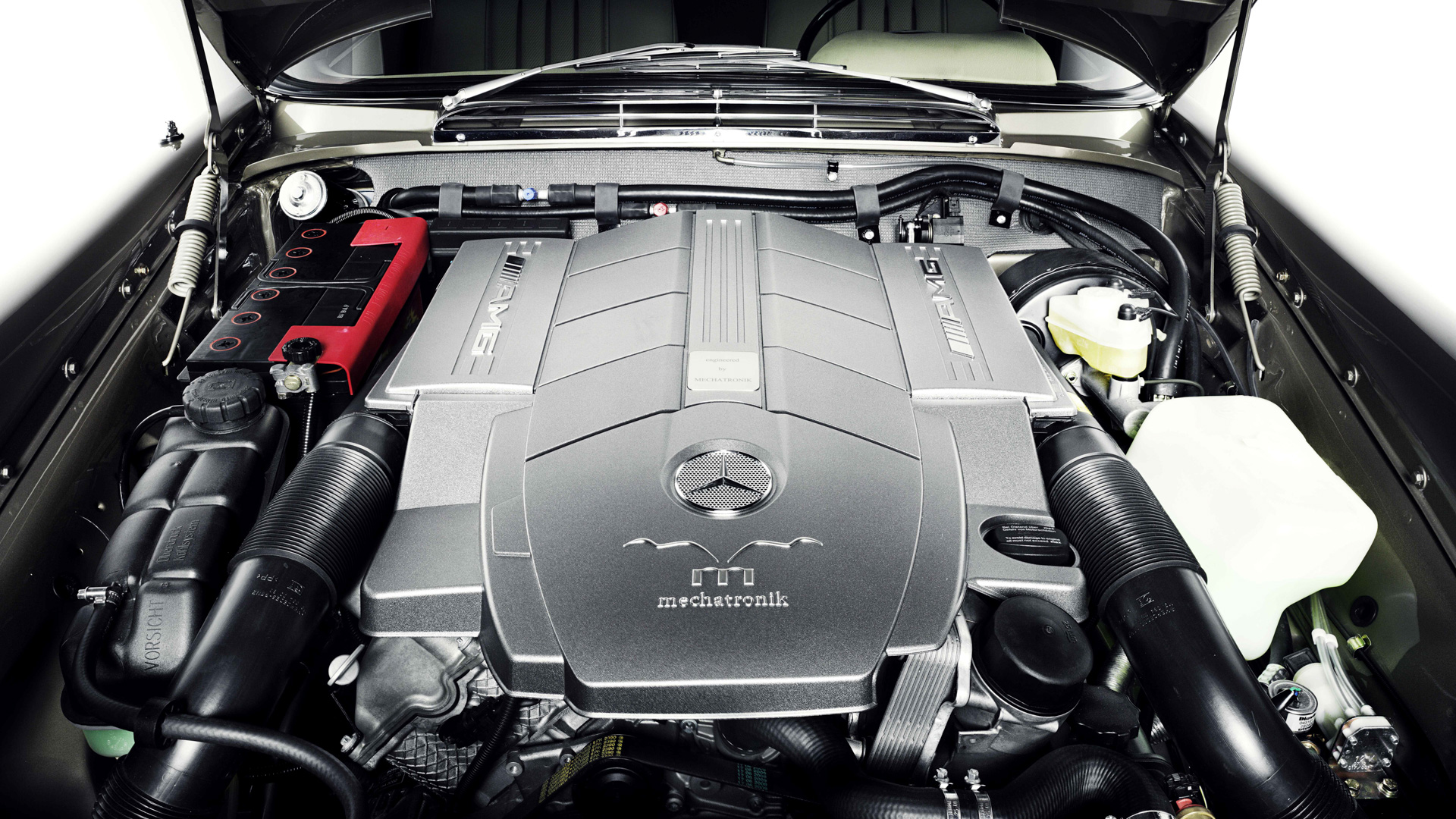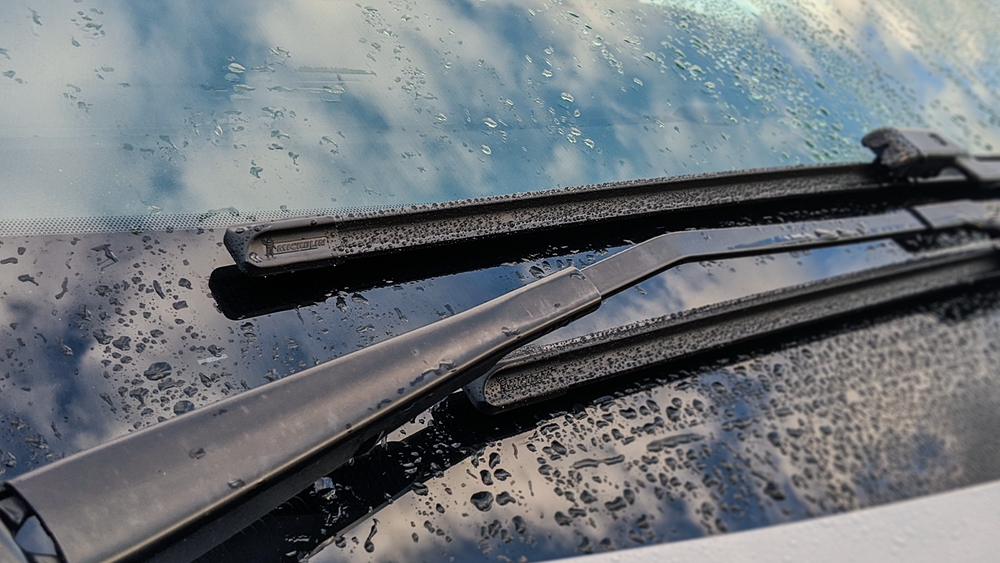There is a common adage that “1 oz. of prevention equals 1 lb. of cure.” When you consider maintenance a form of vehicular prevention, this adage’s applications are quite sensible. Keep reading for a more in-depth assessment of how keeping current with a vehicular maintenance routine can pay off in safety behind the wheel. This article will focus on three major areas of concern for any motorist.
A Checklist of Upkeep
The mild temperatures of spring and fall are the ideal time for doing automotive maintenance. While you can do many checks yourself and at home, some problems call for a professional’s expertise and equipment. This article is focused on highlighting self-maintenance.
Tires

According to a study by the National Highway Transit Safety Administration (NHTSA), around one-third of vehicular crashes were related to tire problems. Blowouts, separated treads, and improper tire pressure are just some of the fatal problems that can happen if you do not keep your tires in good condition. When looking over your tires, look for these problem signs and get them replaced as soon as possible.
- The treads are exceptionally low; replace them if they dip below 6/32.”
- The treads are not balanced across the tire.
- You can see cracking or tearing within the sidewall.
- You notice bulging at any point.
- A particular tire tends to require constant refilling (likely due to a puncture or leak).
Even if your tires are fine, it is a common rule of thumb to replace them every six years or 50,000 miles, whichever event comes first.
Brakes

The same NHTSA study that blamed compromised tires for one-third of crashes, found that 22%, over one-fifth, of all crashes were due to faulty brake systems. Brakes are often overlooked when doing automotive maintenance, which makes accidents all the more troubling when their inferiority plays a direct role. Some common reasons why brakes may lead to accidents would be noises due to air pressure shifts; squealing is often a heads-up that you have some mechanical problems afoot. Get your brakes analyzed for issues if you notice any of the following symptoms.
- You can hear or feel grinding while driving around.
- You can feel the vehicle convulse or tremble when deploying your brakes.
- You spot leaks of fluid.
- Your brake pedals change how much they resist being pressed.
- You can smell something burning after braking; this is a common sign of overheated brakes.
Under the Hood

The components found under the hood are often the biggest causes of automotive problems. Unfortunately, not many people know what counts as a warning sign around this area. While the owner’s manual can give a lot of advice when troubleshooting, be mindful of these specific qualities.
- Your fluid levels, including any leaks.
- Anything that seems cracked, ripped, frayed, torn, or loose.
- Battery corrosion. Corrosion often manifests as brown, green, or white tinting on the battery.
- Your timing belt or chain is intact.
This is an example of things to take note of when examining the under the hood. Additionally, pay attention to any neon signs that come up on your way while driving, such as the “check engine” light or abnormalities in the sounds and jerkiness while accelerating.
Windshield

A clean, clear windshield is vital for driving; dirt or cracks on the windshield can obscure your vision, upping the likelihood of an accident. Always keep your windshield clean and treat any cracks ASAP to maintain good visibility. Note that windshield maintenance extends to the wipers. Fatigued wipers will smear along the windshield and worsen your visibility. You should replace your windshield wipers on a routine basis to avoid accidents.
In Conclusion
By regularly inspecting elements like your tires, brakes, a cursory examination under the hood, and even the windshield and its wipers, you can often find and respond to a lot of vehicular problems before they cause an accident that may leave the vehicle, yourself, other motorists, and even bystanders in serious trouble. Even if you remember the truth that safety matters when driving, the concept of safety extends to keeping your vehicle operating at its full effectiveness. In short, regularly check your vehicle’s parts for any issues.

